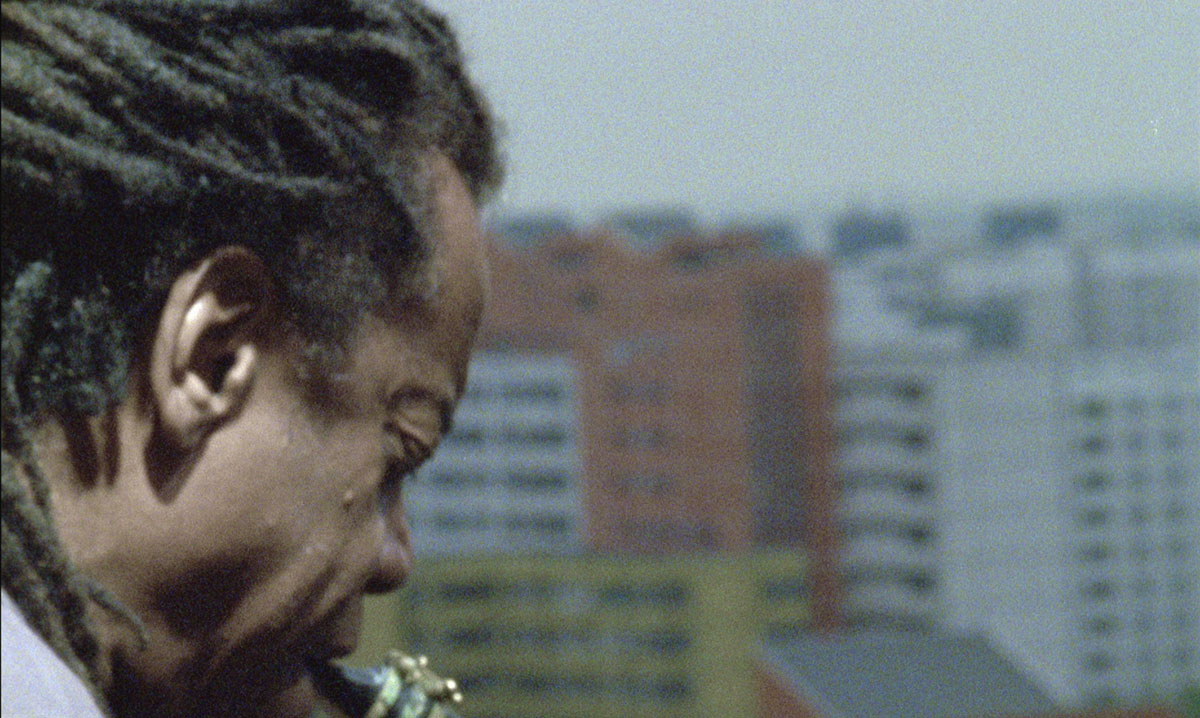ANRI SALA: TWO FILMS

Anri Sala: Two Films is an exhibition of Dammi i Colori (2003) and Long Sorrow (2005) by the Albanian-born Sala, who lives and works in Berlin, Germany. The films are artistic metaphors and social documents, presenting portraits of communities in crisis and reflections of the human condition. Although the films are distinctly different art works, both reveal the connective tissue between cities and people.
PAST EXHIBITIONS
ANRI SALA: TWO FILMS
SEPTEMBER 7 – DECEMBER 30, 2012
Anri Sala: Two Films is an exhibition of Dammi i Colori (2003) and Long Sorrow (2005) by the Albanian-born Sala, who lives and works in Berlin, Germany. The films are artistic metaphors and social documents, presenting portraits of communities in crisis and reflections of the human condition. Although the films are distinctly different art works, both reveal the connective tissue between cities and people.
In Long Sorrow, saxophone player Jemeel Moondoc is suspended outside a window of a building in Berlin which inhabitants nicknamed Lange Jammer (“Long Sorrow”). The building was constructed as part of a plan of “urbanity by density” in West Berlin, immediately after the construction of the Berlin wall. Dammi i Colori is set in the artist’s hometown of Tirana, Albania. The film depicts the way in which color injects life-blood back into a city and its people, degraded by decades of indifference.
Sala has been awarded first prize in several international film festivals, including the Biennale di Venezia (Young Artist Prize), Venice, Italy, and his work as been show at the Centre Pompidou in Paris, the Serpentine Gallery in London, the Contemporary Arts Center in Cincinnati, the Art Institute of Chicago and National Museum of Art in Osaka, among other museums and galleries. He is represented by Marian Goodman Gallery in New York.
Anri Sala: Two Films is organized by the Museum of Contemporary Art Detroit and coordinated by Zeb Smith and Jonathan Rajewski. Major support for MOCAD exhibitions is provided by the John S. and James L. Knight Foundation. Related programming support is provided by the McGregor Fund and Edith S. Briskin/Shirley K. Schlafer Foundation.

